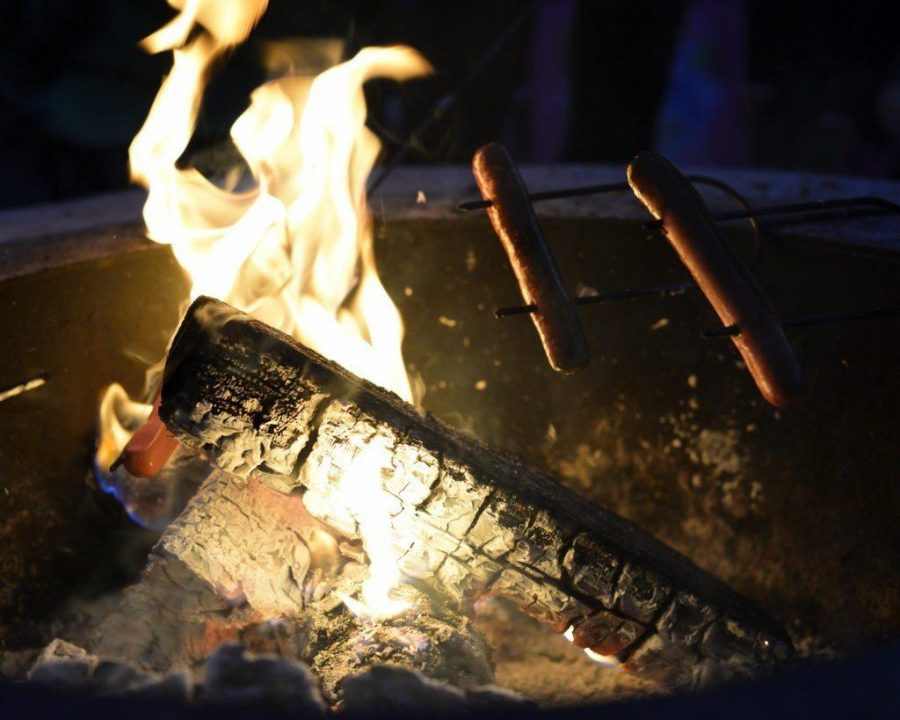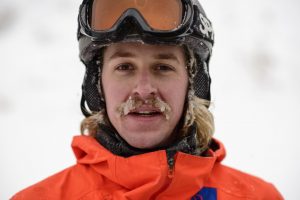Camping — one of the most fun, and easiest, activities in the great outdoors. While escaping civilization, sitting around the campfire is inevitably how you’ll end the day. What you want from your fire is completely dependent on how you build it. Fires need two key ingredients: oxygen and fuel. When you first construct your campfire, you will need tinder — small twigs, sticks, pine needles, sagebrush, and paper. This will go on the bottom of the fire to initially get the kindling ignited. The next layer of your campfire is kindling, or small branches and twigs as well as parts of a log that you have chopped down with a hatchet. The last layer of a fire is the fuel (or logs) which take the longest to ignite. There are three main types of campfires: tipis, lean-tos, and log-cabins. Each campfire type has its own purpose.
When it is cold out and you need immediate heat, the best fire type is the tipi. The kindling is stuck into the ground and forms a single point in a radial direction resembling a Native American tipi. Inside the tipi is the tinder which you will ignite. The kindling will catch fire after the tinder has ignited and then you add logs to the fire to keep the flames roaring.
When it is windy out, the best design is a lean-to. This differs from a tipi in the sense that a large log is placed upwind to act as a wind break. The kindling is then placed by leaning on the support log and the ground. The tinder is placed inside the wind-protected area. Again, light the tinder and the kindling will ignite shortly. Keep placing fuel on the fire by leaning the logs on the wind break.
When you need to cook dinner at your campsite, go for a log cabin. The log cabin uses a rectangular shape with logs stacked parallel to one another by laying logs across from one another. The final result will be a small log cabin. Inside the log cabin you will construct a small tipi where the tinder will ignite the kindling and then will progress outwards to light the fuel. The log cabin needs to be large enough to support cookware.
Photo by Kiffer Creveling



